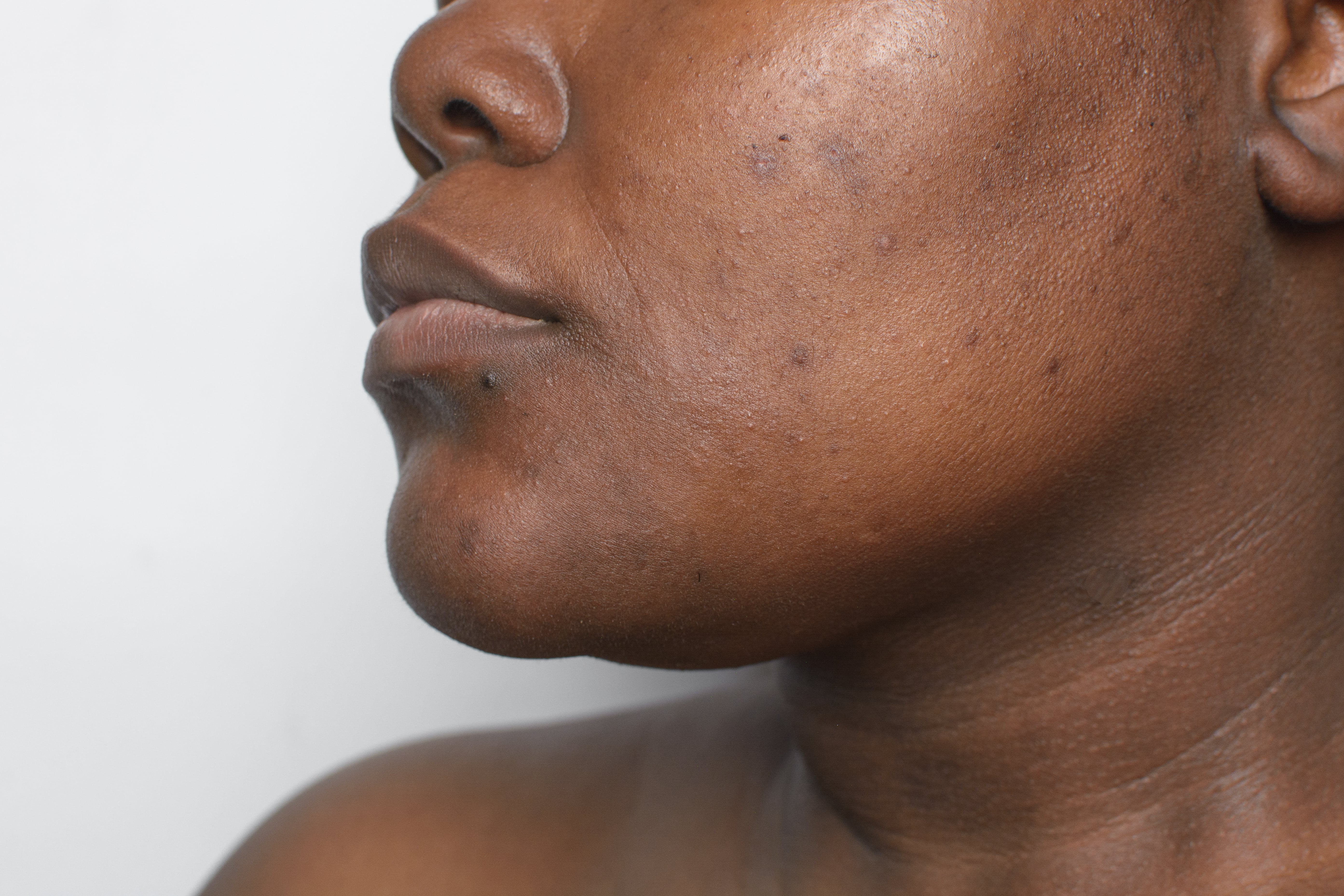
Pigmentation issues and sun damage are common skin concerns that affect many people, especially in sunny regions like Sheridan, AR. Over time, exposure to the sun's harmful UV rays can lead to dark spots, uneven skin tone, and premature aging. While these conditions are often considered inevitable, various treatments can help diminish their appearance and restore a more even and youthful complexion.
Understanding Pigmentation and Sun Damage
Pigmentation refers to the coloring of the skin, which can be uneven due to various factors such as genetics, hormonal changes, and sun exposure. Sun damage occurs when the skin is exposed to UV rays for extended periods, leading to issues like sunburn, age spots, and wrinkles. Over time, the cumulative effect of sun exposure can result in hyperpigmentation, which is when certain areas of the skin become darker than the surrounding skin.
The Impact of UV Rays on the Skin
When the skin is exposed to UV rays, it triggers the production of melanin, the pigment responsible for skin color. While melanin helps protect the skin from further damage, excessive UV exposure leads to overproduction of melanin, which results in dark spots, freckles, and other forms of pigmentation. These darkened areas are often most visible on the face, hands, and chest, which are typically exposed to the sun the most.
Effective Treatments for Pigmentation and Sun Damage
Fortunately, there are several treatments that can help reduce the appearance of pigmentation and sun damage. These treatments range from topical products to more advanced skin care procedures. Below are some of the most effective options:
1. Topical Treatments
A variety of skincare products can target pigmentation and sun damage. Key ingredients in these products include:
- Vitamin C: A powerful antioxidant that brightens the skin and helps reduce the appearance of dark spots.
- Retinoids: These help increase cell turnover, promoting fresh skin growth and reducing pigmentation over time.
- Niacinamide: A form of vitamin B3, niacinamide reduces inflammation and helps lighten hyperpigmentation.
- Hydroquinone: This bleaching agent is effective in lightening dark spots but should be used under professional supervision.
2. Chemical Peels
Chemical peels use acids like glycolic acid or salicylic acid to exfoliate the top layer of skin, removing damaged skin cells and promoting fresh skin growth. These treatments can help diminish the appearance of sun damage and pigmentation by removing the outer layer of the skin, allowing healthier skin to emerge.
3. Laser Treatments
Laser therapy is one of the most effective treatments for sun damage and pigmentation. Laser treatments like fractional CO2 lasers and intense pulsed light (IPL) target pigmentation at the cellular level, breaking down melanin and stimulating collagen production. These treatments can significantly improve skin tone and texture, reducing the appearance of age spots, freckles, and sun spots.
4. Microneedling
Microneedling involves tiny needles that create micro-injuries in the skin, stimulating the body’s natural healing process. This treatment not only helps reduce pigmentation but also improves skin texture and firmness. When combined with serums that target hyperpigmentation, microneedling can offer dramatic results over time.
5. Sunscreen Protection
The most effective way to prevent further pigmentation and sun damage is consistent sunscreen use. Sunscreen protects the skin from harmful UV rays, preventing the formation of new dark spots and allowing existing pigmentation to fade more effectively. Daily application of a broad-spectrum SPF of at least 30 is essential for protecting the skin and preventing further damage.
Preventing Pigmentation and Sun Damage
While treatment options are available, prevention remains the best strategy. Here are a few tips to help minimize pigmentation and protect your skin:
- Avoid peak sun hours: The sun is strongest between 10 AM and 4 PM, so try to limit your time outdoors during these hours.
- Wear protective clothing: Sunglasses, hats, and clothing with built-in UV protection can help reduce sun exposure.
- Reapply sunscreen regularly: Even on cloudy days or indoors, UV rays can still cause damage, so reapply sunscreen every two hours, especially if you're spending time outside.
Final Thoughts
Treating pigmentation and sun damage is entirely possible with the right combination of skincare, professional treatments, and prevention. From topical treatments like vitamin C and retinoids to advanced options like chemical peels and laser therapy, there are a variety of ways to help improve your skin’s appearance. But don’t forget the importance of daily sun protection to maintain and enhance the results of your treatments.
If you're struggling with pigmentation or sun damage in Sheridan, AR, consult with a professional to discuss your options. Our experts can help you determine the best treatment plan to restore your skin's natural beauty.
Contact us today to schedule your consultation and start your journey towards smoother, more even-toned skin!



